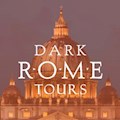Pompeii, the ancient Roman city frozen in time, is an absolute haven for art lovers. On day tours from Rome to Pompeii, visitors can explore the artwork left behind when Mount Vesuvius erupted. Pompeii was left to ruin, buried under layer upon layer of ash and pumice - and so was the art that existed there too.
But over the years, the art has been rediscovered. If you’re an art fanatic, take a Pompeii tour from Rome and see the mosaics, frescos and sculptures of the city.
1. Mosaics in Pompeii
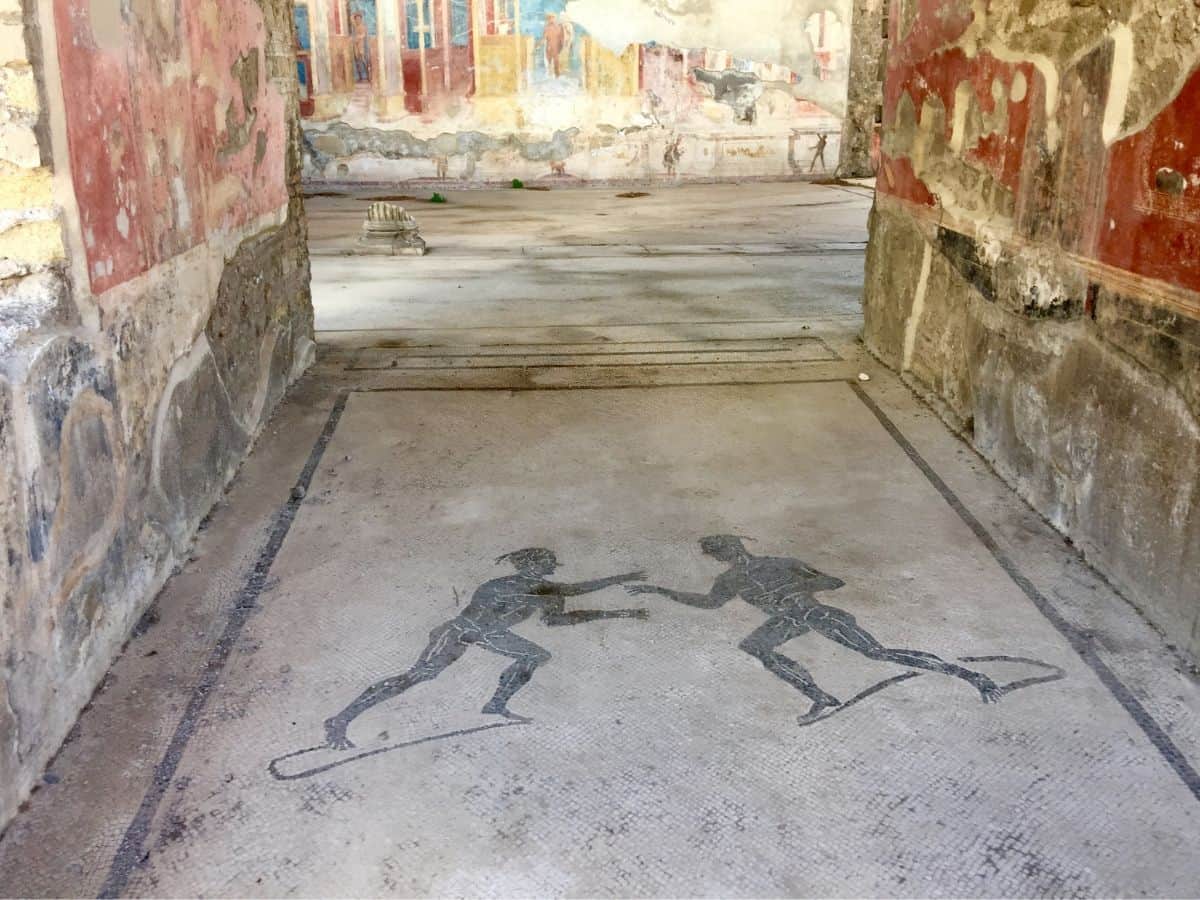
Made from tiny pieces of colored glass, ceramic or stone, the mosaics in Pompeii depict many different scenes and themes. These range from religion to sex, and sports to war campaigns. The mosaics provide an interesting insight into what life was like in Pompeii, and indeed throughout the Roman Empire as a whole. The mosaics in Pompeii are mostly found on the floors of houses and buildings throughout the city.
The Alexander Mosaic
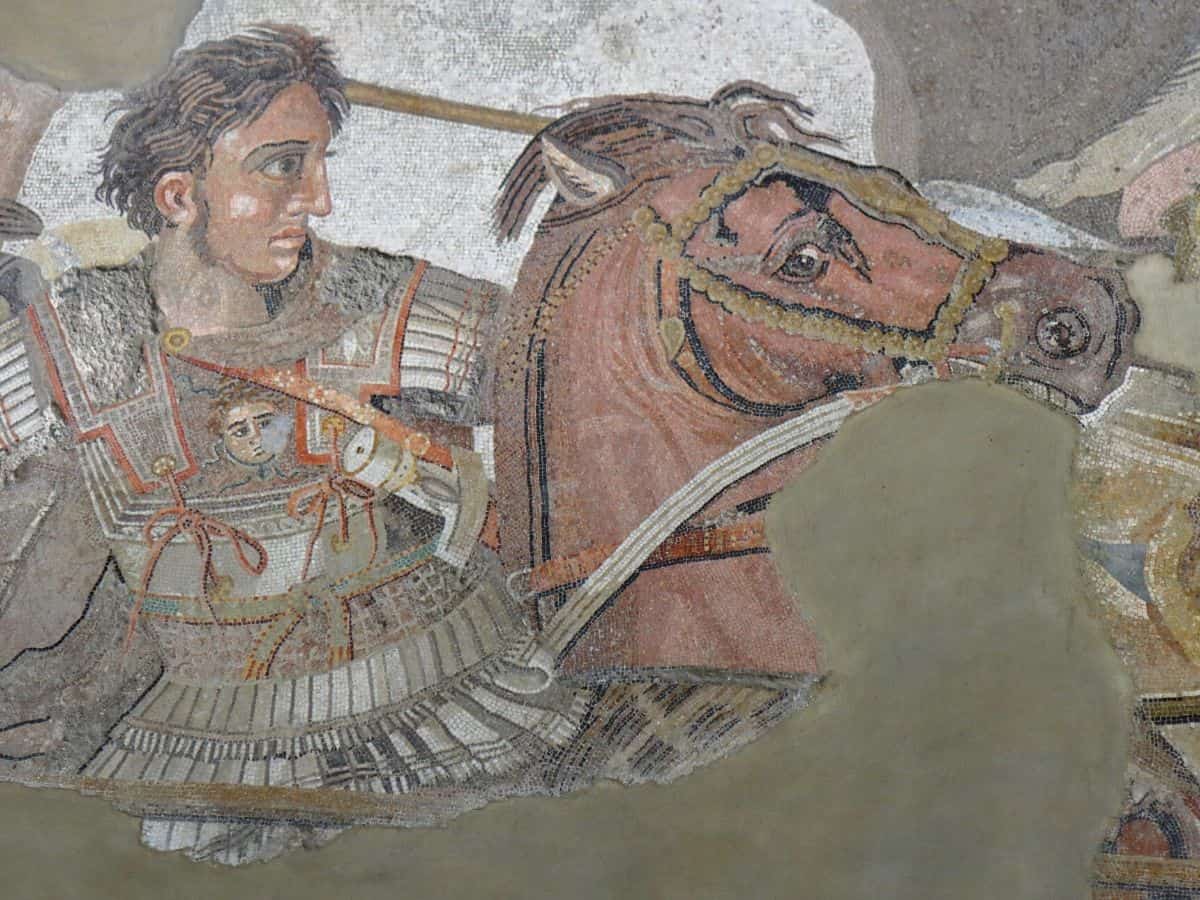
One of the most famous works of art in Pompeii is the Alexander Mosaic - it depicts a battle between Alexander the Great and King Darius III of Persia and was discovered in 1831 during excavations at Pompeii. The battle is thought to be the Battle of Issus which took place in 333 BCE, although some historians argue that it is in fact the Battle of Gaugamela in 331 BCE.
The mosaic dates from shortly after the battle and is located in the House of the Faun. The right-hand side of the mosaic is well-preserved, showing Darius and the Persians, but the left-hand side which shows Alexander and his army is poorly preserved.
The original mosaic is currently housed in the National Museum of Archaeology in Naples. However, there is an exact copy on display which you can see at the House of the Faun on tours from Rome to Pompeii.
The Cave Canem Mosaic

Also known as ‘Beware of the Dog’, this one is located at the entrance of the House of the Tragic Poet - a must visit on Pompeii tours. It depicts a dog which looks as though it’s preparing to pounce. Its teeth are bared, and it has a chain around its neck. The Latin phrase ‘CAVE CANEM’ - translated literally as Beware the Dog - is also written in mosaic tiles along the bottom. It was clearly a warning sign for visitors to this particular house.
The original Cave Canem mosaic is still on display at the House of the Tragic Poet, protected by a glass shield to ensure its preservation.
Other mosaics in Pompeii

There are other, more simple mosaics dotted around Pompeii. Lizards, fish and ducks as well as patterned flooring are all over the city. For example, the House of the Geometric Mosaics - one of the largest houses in the city - occupies an area of 3000 square meters and has black and white mosaic patterns all over it. Labyrinth and checkerboard patterns are common; they are both pleasing and interesting to look at.
2. Frescoes in Pompeii
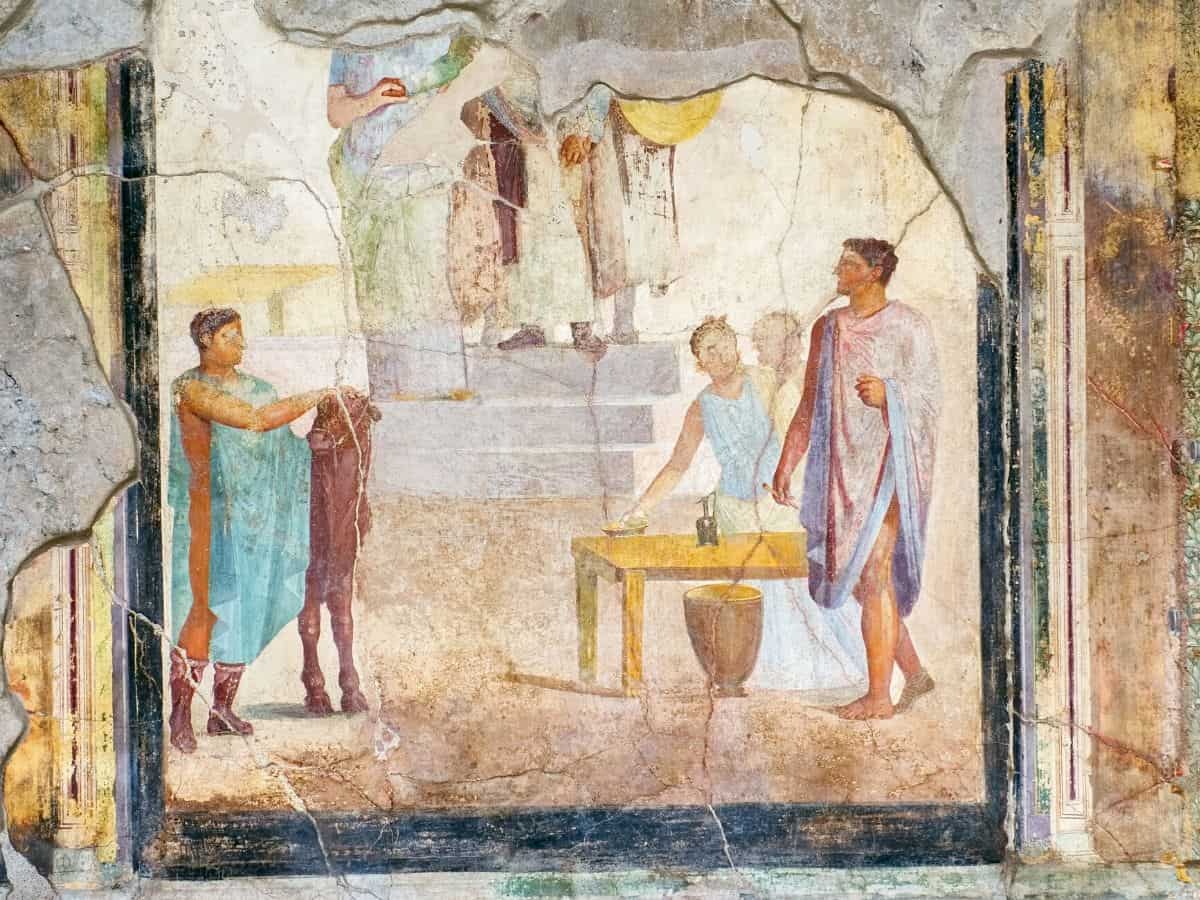
Frescoes are murals painted on wet or freshly laid plaster, covering an entire wall or ceiling. There are plenty of frescoes to see in Pompeii and many of them use a red pigment known as cinnabar. This is a toxic mercury sulfide mineral with a bright red pigment, and the people of Pompeii used it differently to those elsewhere in ancient Rome. They mixed it with water to create a brighter shade of red, unlike the duller tones that can be seen on other frescoes today.
Frescoes in the House of Menander
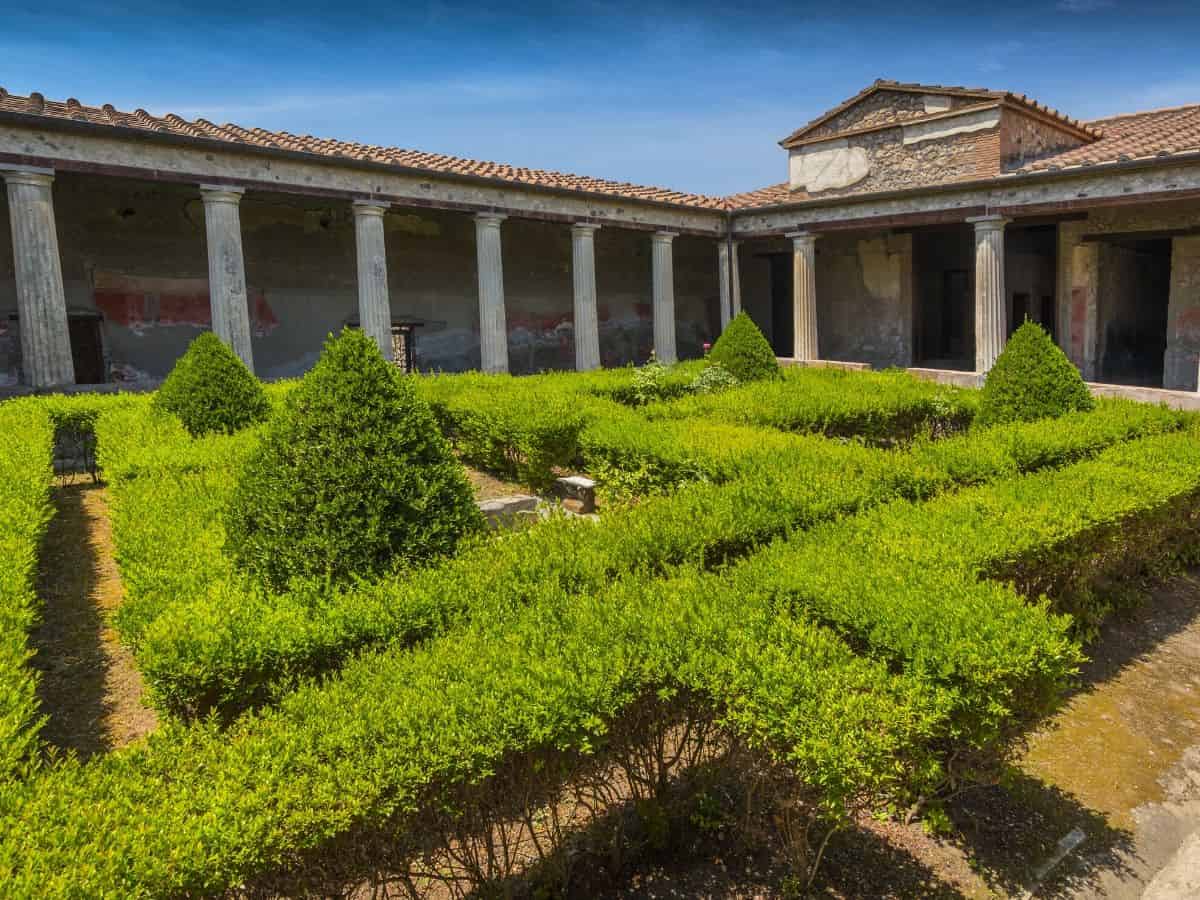
Flanked by pillars and covering around 1800 square meters, it is obvious that this house belonged to someone particularly wealthy. There are frescoes decorating the interior walls, displaying scenes from Homer’s Iliad. It is one of the most well-preserved houses in Pompeii, and you can clearly see scenes such as Ajax dragging Cassandra from Palladium before the eyes Priam, and Death of Laocoon.
In a small room off the peristyle of the house is a fresco of Menander, the ancient Greek dramatist. This is where the house, of course, gets its name.
The House of the Vettii
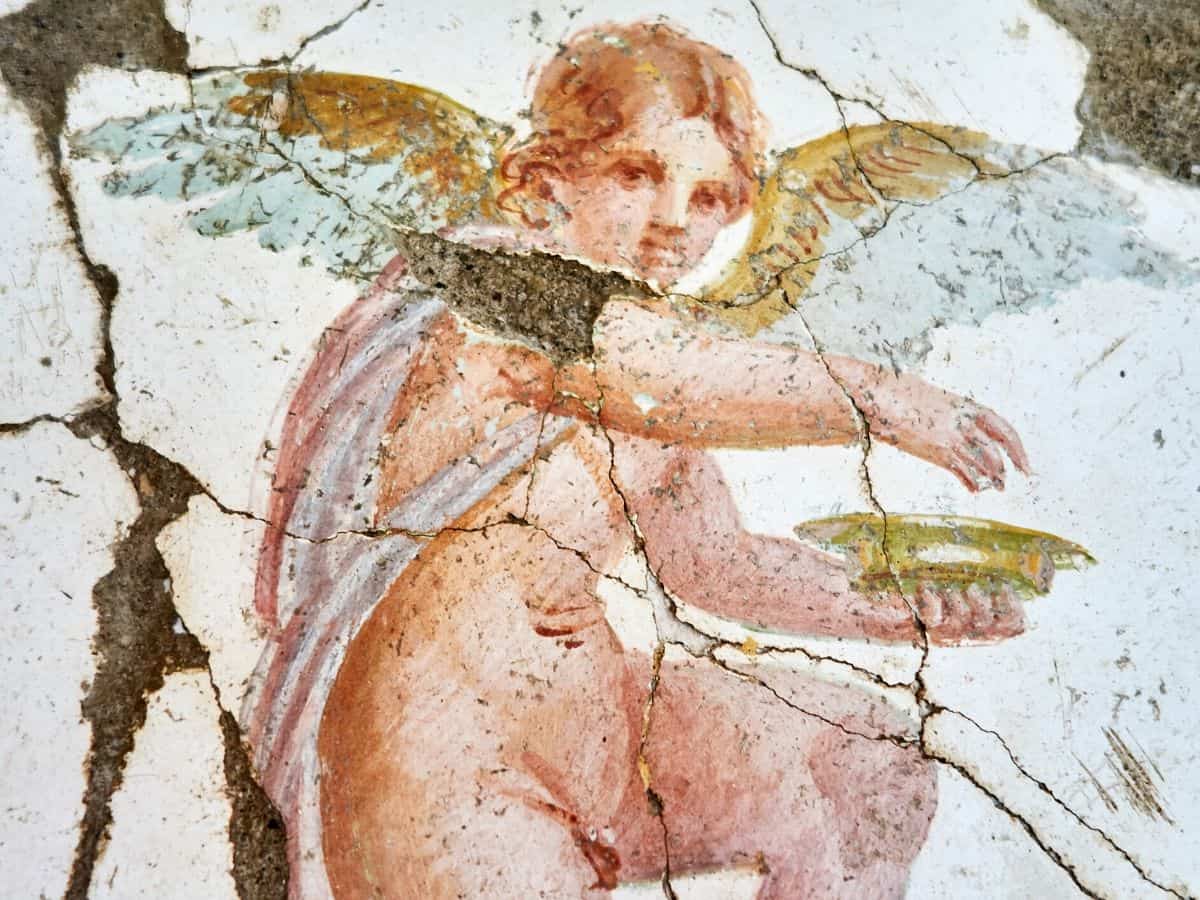
Another important example of artwork in Pompeii is the House of Vettii. The dining room hosts a fresco depicting a series of Cupids - they are bakers, oil merchants, perfumers and more. It is thought that this fresco was designed to inspire passion in or about one’s work: Cupid is, after all, the son of Venus (Roman goddess of love) and Mars (Roman god of war) making him a particularly passionate being.
Another fresco in the House of Vettii shows Hercules as a child. It is incredibly well preserved, and definitely worth going to tour Pompeii from Rome - it’s not often that you’ll get the chance to see such brilliant artwork up close!
Riot at the Fresco

Inside the House of Actius Anicetus is a fresco showing a riot between the citizens of Pompeii, and those Nuceria, in 59 BCE. This riot took place during gladiatorial games at Pompeii’s amphitheater, the oldest in ancient Rome, in a similar way to modern day riots between rival soccer fans. In this case, however, the riots led to a ban on games being held in Pompeii’s amphitheater for the next ten years. That’s not to mention all the bloodshed and death, too!
3. Other art in Pompeii

Pompeii is full of sites to see. Alongside the revered mosaics and frescoes, you can walk amongst architectural ruins that are themselves a form of artwork; the intricacies of the brickwork and columns are beautiful in their own way. And there are plenty of statues, both broken and intact: large ones in the impressive Roman forum, as well as smaller ones in the homes you can explore during tours from Rome to Pompeii.
Graffiti, while not the most beautiful, is another form of artwork in Pompeii that sheds light on ancient Roman society. It ranges from propaganda to personal messages, and you can see it all on one of our tours to Pompeii from Rome.
Art is, has been and always will be an incredibly important sociological marker - and in Pompeii, that’s no exception. If you’re visiting Rome, tours to Pompeii are easy and definitely worth it for the amount of art and history you can admire!
